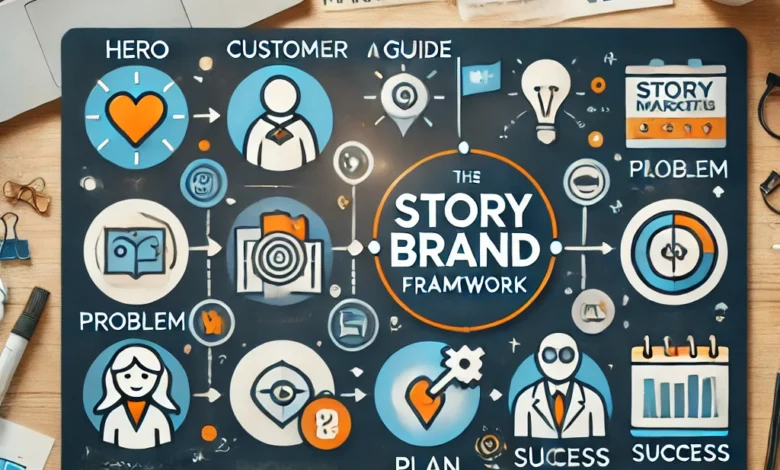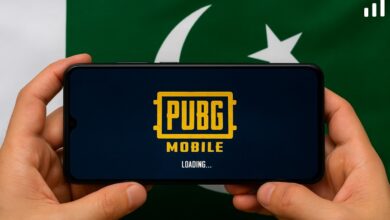
The StoryBrand Framework: A Complete Guide
What is the StoryBrand Framework?
The StoryBrand framework is a marketing strategy developed by Donald Miller to help businesses clarify their messaging. It is based on the principle that customers engage with brands that communicate a clear and compelling story. Using a structured approach, businesses can create marketing messages that resonate with their target audience and drive engagement.
What is the StoryBrand Formula?
The StoryBrand formula is a seven-part framework (SB7) that helps businesses craft a compelling brand story. This framework positions the customer as the hero and the brand as the guide, offering a clear solution to their problems.
How Do You Structure a Brand Story?
A brand story should follow a simple and effective structure:
- Character: Define the customer as the hero.
- Problem: Identify the challenges they face.
- Guide: Position your brand as the expert.
- Plan: Provide a clear roadmap for success.
- Call to Action: Encourage customers to take the next step.
- Success: Show the transformation they will achieve.
- Avoiding Failure: Highlight what happens if they don’t take action.
What is the StoryBrand Layout?
The StoryBrand layout refers to how businesses implement the SB7 framework across their marketing materials, including websites, emails, and social media. The layout focuses on clear, concise messaging that follows the customer journey.
Who is the CEO of StoryBrand?
Donald Miller is the CEO and founder of StoryBrand. He is also the author of the book “Building a StoryBrand,” which explains the framework in detail.
How to Use StoryBrand?
Businesses can use the StoryBrand framework by:
- Creating a BrandScript to outline their messaging.
- Designing a StoryBrand-friendly website that follows the SB7 structure.
- Developing marketing campaigns that align with the framework.
- Using the StoryBrand template and worksheet to refine their strategy.
What is the StoryBrand Philosophy?
The StoryBrand philosophy is rooted in the idea that brands should focus on their customers’ needs rather than their own achievements. By positioning the customer as the hero and offering clear solutions, businesses can build trust and engagement.
What is Formula Story?
A Formula Story is a structured storytelling method that follows a predictable pattern to engage audiences. The StoryBrand framework is one example of a formula-based storytelling approach.
What is the SB7 Framework?
The SB7 Framework consists of seven parts:
- A Character – The customer (not the brand) is the hero.
- Has a Problem – Identify the external, internal, and philosophical problems.
- Meets a Guide – The brand positions itself as the guide.
- Who Gives Them a Plan – Provide a step-by-step solution.
- And Calls Them to Action – Encourage immediate action.
- That Helps Them Avoid Failure – Show the consequences of inaction.
- And Ends in Success – Paint a picture of their transformed future.
Resources for Implementing StoryBrand
To help businesses implement the StoryBrand framework effectively, the following resources are available:
- StoryBrand Framework PDF – A downloadable guide.
- StoryBrand Framework Examples – Case studies of successful brands.
- StoryBrand BrandScript – A template for crafting a brand message.
- StoryBrand Framework Book – “Building a StoryBrand” by Donald Miller.
- StoryBrand Framework Template – A ready-to-use structure for businesses.
- StoryBrand 7-Part Framework PDF – A detailed guide on the SB7 framework.
- StoryBrand Framework Worksheet – An interactive worksheet for brand messaging.
- StoryBrand Template – A simplified way to apply the framework.
- StoryBrand Website Examples – Websites that effectively use the framework.
Additional Marketing Considerations
- Thesaurus: Use precise and compelling words in your brand messaging.
- How Long Should a Cover Letter Be? A cover letter should be concise, ideally one page (250-400 words), to maintain clarity and engagement.
By applying the StoryBrand framework, businesses can create a powerful, customer-focused message that drives engagement, builds trust, and increases conversions.



